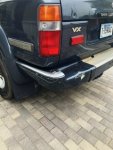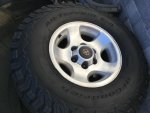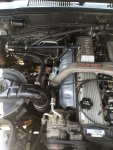That's surely a dream Toyota. With regard to wiring your gauges, my approach with my truck has been to use marine grade materials, especially marine adhesive lined heat shrink and marine terminals. Pretty much just crimp your terminal, give it a good tug-test, shrink up the heat shrink (which you should get over the wire before you put the terminal on, otherwise it may not fit). I've found this guide as good as any for the basics of DC wiring:
https://www.westmarine.com/WestAdvisor/Marine-Wire-Terminal-Tech-Specs
You'll probably need to locate constant, switched, and headlight switched 12v sources for the gauges. Other than that the easy part will probably be following the wiring diagrams the gauges come with, and the hard part will be getting everything plumbed so it doesn't look like a total mess. My advice for that is to not be shy about ripping stuff out when you realize you should have run wires under something you went over, etc., and to always upsize conduit and firewall holes for the wire you forgot to include in the bundle or future modifications. Actually it might not be a bad idea to pass extra wires through the firewall for future devices.
It sounds like you've already got your gauges; times are changing fast in the world of automotive gauges. When I added AFR and fluid temp gauges to my rig I went with PLX specifically because they have an app and a bluetooth interface, so I can monitor everything on my iphone and don't have to have a bunch of non-stock gauges. PLX currently offers a EGT sensor, but not a boost sensor as far as I can tell. The system is really nice because as they upgrade the app they add new features (still waiting for a data logging feature).
Edit-Actually it looks like PLX's boost transducer is built into their SMPro unit, so you just run a vacuum hose to the SMPro. For pressure above 15 psi the manual says to zip tie the hose on there....not sure how secure that would be, or what would happen if it fell off.






















